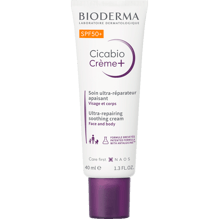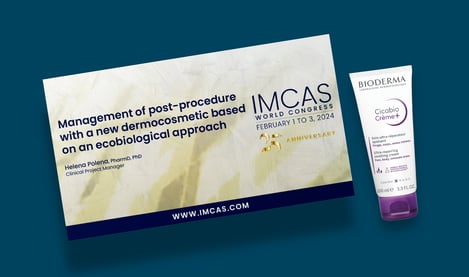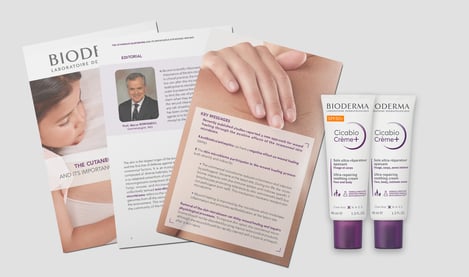10 professionals
Development of a new SPF50+ photoprotection product to protect against post-inflammatory hyperpigmentation using an ecobiological approach
-
 Dr. Helena PolenaNAOS , France
Dr. Helena PolenaNAOS , France -
 Elise AbricNAOS , France
Elise AbricNAOS , France -
 Sylvie CallejonNAOS , France
Sylvie CallejonNAOS , France -
 Félix GiraudNAOS , France
Félix GiraudNAOS , France -
Dr. Marlène Chavagnac-BonnevilleNAOS , France
-
 Dr. Sandra TrompezinskiNAOS , France
Dr. Sandra TrompezinskiNAOS , France -
 Nathalie ArdietNAOS , France
Nathalie ArdietNAOS , France -
Dr. Michèle SayagAllergist , France
-
 Christelle GraizeauNAOS , France
Christelle GraizeauNAOS , France -
 Prof. Brigitte DrénoDermatologist , France
Prof. Brigitte DrénoDermatologist , France



